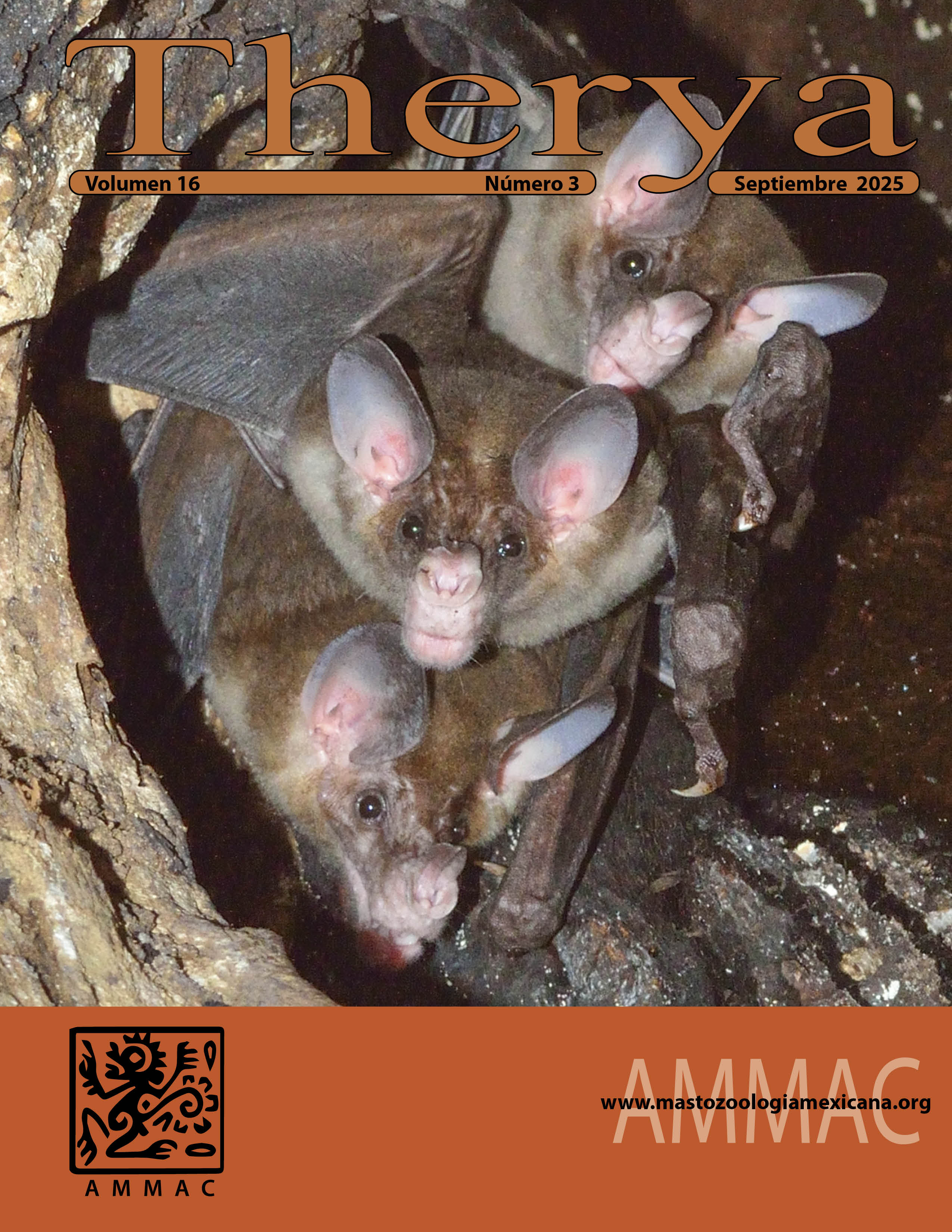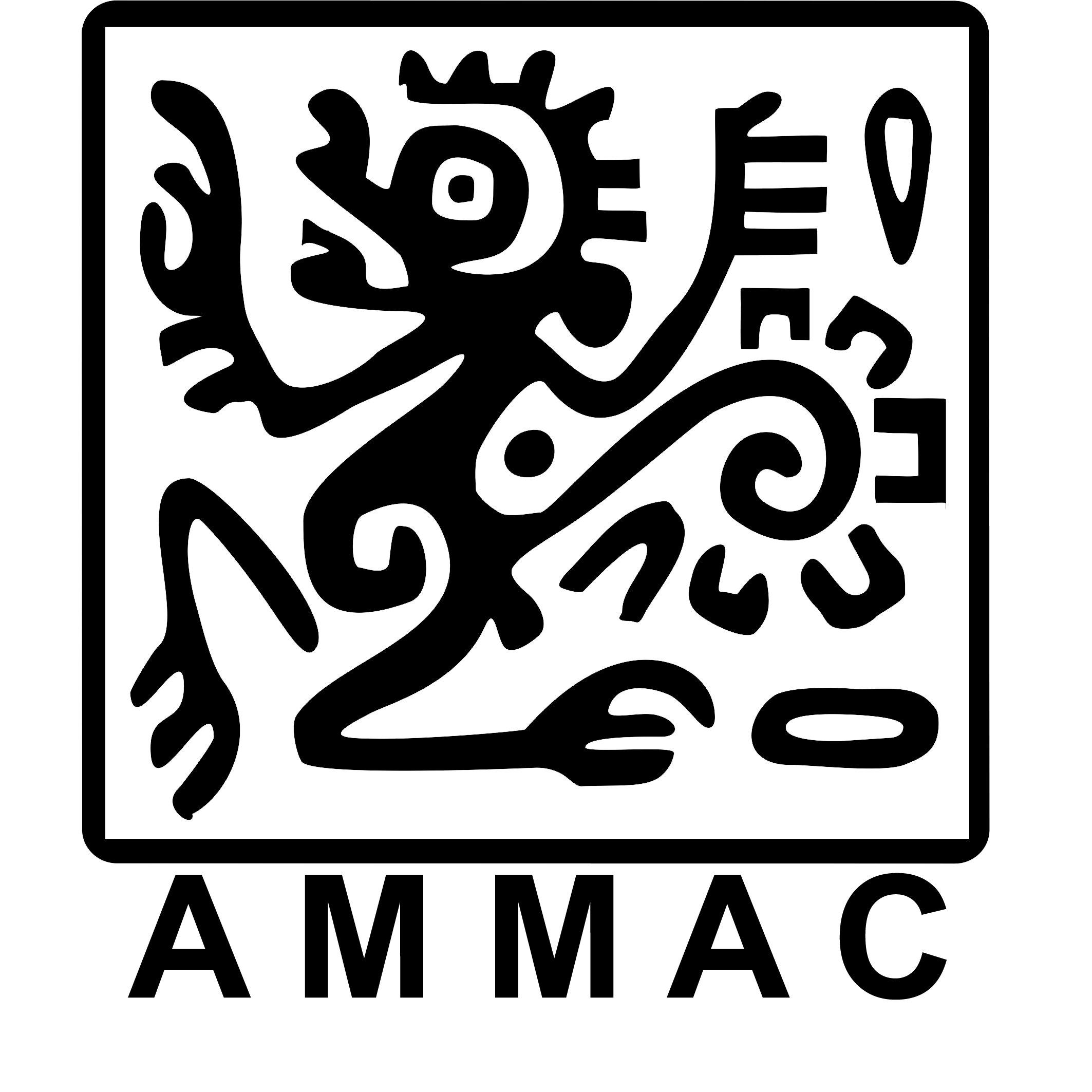Medium and large terrestrial mammals in an area voluntarily designated for conservation in the northern Yucatan Peninsula, Mexico
DOI:
https://doi.org/10.12933/therya.2025.6201Keywords:
Activity patterns, diversity, Chao, Mastofauna, Dzemul, photo-records, relative abundance, risk categories.Abstract
Conservation areas designated voluntarily are part of a government strategy to protect biodiversity in Mexico and are important for the conservation of medium-sized and large mammals. The objective of this study was to contribute to the knowledge of the diversity of medium and large-sized mammals in the Voluntarily Designated Conservation Area in the state of Yucatán, Komchén de los Pájaros. Activity patterns and species under some risk category were determined, as well as estimates of species richness, diversity, the relative abundance index of each species. Systematic sampling was conducted from December 2019 to December 2021, selecting four permanent sites and simultaneously carrying out non-systematic sampling The relative abundance index and sampling effort were calculated with non-parametric estimators, Chao 1 and Chao 2, using the EstimateS program. The species accumulation curve was constructed, and the activity patterns were established. Histograms with hours of activity were obtained using the Oriana Version 4.0 software. Fifteen mammal species were identified with a sampling effort of 4256 trap nights, 33 % of which were protected. The independent records and relative abundance index prioritized Nasua narica, Odocoileus virginianus, and Urocyon cinereoargenteus. Fourteen species were recorded in the northern season, six during rainfall, and six were permanent. The pattern of activity was obtained, being diurnal in N. narica, nocturnal in Didelphis virginiana, Dasypus novemcinctus, Sylvilagus yucatanicus, Canis latrans, and Procyon lotor, and cathemeral in U. cinereoargenteus and O. virginianus. Photo trapping not only allowed us to know mammal diversity, but also to document their behavior and determine their activity patterns (diurnal, nocturnal, and cathemeral) and degree of sociability (group or solitary). Preserving this habitat is essential to protect regional diversity, particularly for mammals currently threatened by various anthropogenic activities.
Downloads
Published
How to Cite
Issue
Section
License
THERYA is based on its open access policy allowing free download of the complete contents of the magazine in digital format. It also authorizes the author to place the article in the format published by the magazine on your personal website, or in an open access repository, distribute copies of the article published in electronic or printed format that the author deems appropriate, and reuse part or whole article in own articles or future books, giving the corresponding credits.










